|
My introduction to Donnafugata wine (owned and operated by the Rallo family) was this past February and it was a memorable one. Not only did I taste some delicious wines from Sicily, I also had the pleasure of meeting and lunching with Josè Rallo, one of the family members who is head of management control and communications manager. I encourage you to read my story about the family, their vineyards and wines at: http://thewineknitter.com/1/post/2016/02/day-431-donnafugata.html as a prelude to this post. Donnafugata recently sent me two bottles of wine from their “Fresh and Fruity” collection, SurSur 2015 and Sherazade 2015, representing Sicily’s indigenous grape varieties.  SurSur is made with 100% Grillo grape, an ancient indigenous variety from Sicily. Having tasted the 2014 vintage several months ago, I was looking forward to trying the 2015 vintage. The wine was beautifully balanced with a soft straw color. The nose offered citrus, grapefruit, floral and peach. The aromas carried over to the palate with stone fruit, most notably peach and hints of pear. It had a creamy mouthfeel with pleasant notes of floral and vanilla on the finish. SurSur is lovely served as an aperitif or with any summer meal. To quote Donnafugata, “a fresh and fruity Grillo with a youthful spirit”. Alcohol: 12.73% Price: $23.00 (SRP)  Sherazade 2015 is made with 100% Nero d’Avola, another indigenous grape that is also considered Sicily’s most important red wine grape. Nero d’Avola is named after the city of Avola which is located in the far south of Sicily and is referred to as “the black grape of Avola”. The color of the wine was dark ruby, bordering on purple. The aromas were a playful blend of dark berries, violets and a touch of candy apple. The palate was fruit forward offering red berries and cherries with pepper and spice on the finish. Soft tannins and a lush mouthfeel make this a perfect “go to” wine for light meals. Alcohol: 12.86% Price: $23.00 (SRP) Donnafugata’s wine labels are whimsical and always tell a story. Most of the artwork is created or inspired by Gabriella Rallo. Each label interprets the personality of the wine in addition to paying homage to art and literature. Sur Sur mean cricket which comes from the classical Arabic language once spoken in Italy. Crickets are good luck and are part of the sounds of spring and summer. The SurSur label shows Gabriella as a young girl running barefoot through “flowers and fresh grass” following the singing crickets. The Sherazade label represents the leading female character in The Arabian Nights. To quote Donnafugata “a fruity flesh voice, wrapped in a spicy drape, that tells you the fairy tale of this masterpiece of Oriental literature.” If you’re looking for authentic Sicilian flavors, pick up a few bottles of these wines to drink throughout the rest of the summer and into the fall. Serve as an aperitif or enjoy with most any meal! www.donnafugata.it
Cheers! Penina
0 Comments
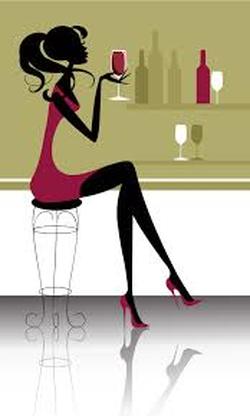 Back in the day, I used to order Lillet when “barhopping” with friends. Having just turned twenty-one, I thought the drink sounded exotic. As my friends ordered classic drinks such as screwdrivers, rum & coke, or a glass of house wine, I would be perched on the bar stool feeling “oh so” sophisticated with my “French” aperitif. I first tasted Lillet Blanc at Yellow Fingers in NYC. The bartender, realizing that I had no idea what to order, took it upon himself to pour me a Lillet over ice. I’m not sure whether it was the wink he gave me combined with his good looks or the delicious taste of the Lillet, but it became my “go to” drink for a while. Lillet is considered an aromatized wine and is produced in Podensac, a small village south of Bordeaux. It is a blend of 85% Bordeaux region wines and 15% macerated citrus liqueurs. It is available in Rouge and Blanc. The company was founded in 1872 by brothers Paul and Raymond Lillet. In 1887, Kina Lillet was created, making it Bordeaux’s first and only aperitif. At the time, all other aperitifs were red. In 1962, Pierre Lillet, grandson of Raymond, created Lillet Rouge, primarily for the American market. Lillet Blanc has been likened to vermouth, however Lillet has distinct flavors of citrus, honey and spice. The color is golden with aromas of orange blossom and honey with subtle hints of apricot and peach. These aromas segue onto the palate. A creamy mouth-feel gives way to a very crisp and clean finish. It should be served chilled or over ice, perhaps with an orange or lemon slice. As the label states, “it is best presented in a traditional Bordeaux wine glass, to enhance its subtle delicate bouquet”. There are many Lillet cocktails to be found on the Internet. I prefer mine over ice! Alcohol: 17% http://www.lillet.com As soon as I reacquaint myself with Lillet Rouge, I’ll share my thoughts with you.
Happy Tuesday! Cheers! Penina  Today is World Chocolate Day. This is an observance that takes place globally every year on July 7th. Although I can’t confirm it, supposedly today marks 466 years since chocolate was first introduced to Europe. I certainly don’t need an excuse to indulge myself in chocolate. I am a confirmed chocoholic and proud of it! 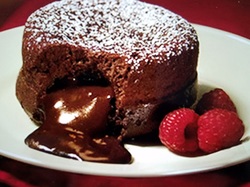 If you’re thinking of sipping wine while nibbling on chocolate, you might want to consider what wine to open. Full-bodied wines such as Cabernet Sauvignon, Pinot Noir and Zinfandel pair well with dark chocolate. Port, Rosé and Madeira complement creamier chocolate such as milk and white chocolates. Of course my all time favorite pairing is Teuscher’s champagne truffles and Cristal! 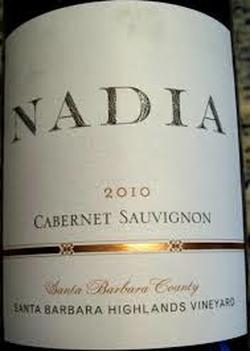 The other evening while at a friend’s home, I tasted 2010 Nadia Cabernet Sauvignon, Highlands Vineyard, Santa Barbara County produced by Laetitia Vineyard & Winery. This Cabernet would have paired well with a rich dark chocolate dessert. Made with 92% Cabernet Sauvignon, 5% Cabernet Franc & 3% Merlot, it was a rich garnet color. The aromas were intoxicating and filled with berries, licorice, pepper and a touch of mocha. The palate offered lush berries, lots of pepper and spice. It was beautifully balanced, with silky tannins and a long finish. It’s too bad that I didn’t have any chocolate to go with it! Alcohol: 14.2% http://www.laetitiawine.com Happy Chocolate Day!
Cheers! Penina 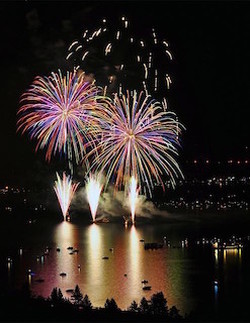 It is the start of July 4th weekend. Wasn’t I just recently talking about Memorial Day? The summer is going by so quickly. Except for some big thunderstorms today, the rest of the weekend looks pretty good. So chill the wine, pack a picnic and find some awesome fireworks to watch. 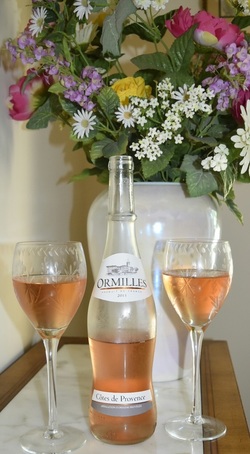 A lovely Rosé to pack in your picnic cooler is Château Gassier Ormilles Côtes de Provence Rosé 2015. I had it the other evening as an aperitif. Made with Grenache, Cinsault and Syrah, this dry rosé is refreshing as an aperitif or with light fare. The color was between salmon and peach with aromas of strawberry, peach and a hint of citrus. The palate offered a creamy texture of strawberry, light berries and a hint of vanilla. A touch of lemon zest lingered on a medium-finish. Alcohol 13% My post is short and sweet today. I have much to do to get ready for this weekend.
Happy Friday! Cheers! Penina  In between my exploring and tasting wines from South America of late, I made an “imagined” pit stop in Germany over the weekend. 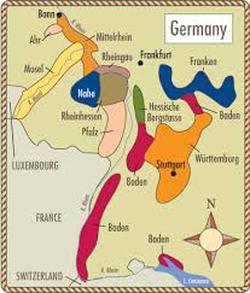 While dining at a friend’s home, I was served a 2013 Dr. H Thanisch Berncasteler Doctor Riesling Auslese, Mosel, Germany. The Mosel wine region is the most famous of Germany’s 13 official wine regions and the 3rd largest in the production of wine. This region is best known for its Riesling wines. The first vineyards were planted along the Mosel River by the Romans around the second century. 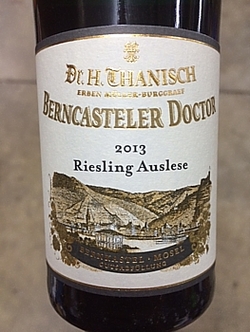 I’ve had the opportunity to drink Berncasteler Doctor over the years and have never been disappointed. This was no exception. The aromas of apricots, peaches and pineapple made me swoon. The palate was rich with juicy fruit, hints of spice and had a silky texture. The finish was long with more tropical fruit and lemon zest tickling the palate. Alcohol: 9% To quote from their website: “The legendary Berncasteler Doctor vineyard is located behind the village Bernkastel and is one of the most famous vineyards in Germany. This 100% steep site with a South-South-West orientation consists of medium deep, stony, loamy weathered argillaceous schist. Planted with up to 80 year old vines, full-bodied, spicy wines are grown here.” Visit the website at: http://www.dr-thanisch.de/en/ My plane is leaving and I must run!
Happy Tuesday Cheers! Penina This is a brief look at Chile and its wines. 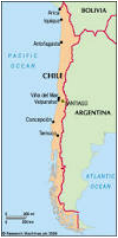 Chile is a long and narrow country bordering the Pacific Ocean to the west and the Andes mountains to the east. It spans 2700 miles of land running from north to south and is only 100 miles wide. Due to the expansive range of terroirs, the style of wines made has an equally wide range, with most of the climatic variations in the wine-growing regions running from east to west due to the influence of the ocean and mountains. 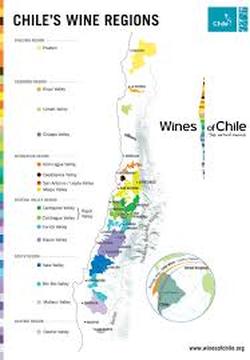 There are numerous wine regions in Chile that are then divided into sub-regions. Rather than listing them all, the map on the right should be helpful. Maipo Valley is home to most of the country’s wineries and is Chile’s most-established wine region. It is considered the birthplace of Chile’s wine production. Curicó Valley is one of the oldest and largest wine regions with Maule being the oldest wine region. Chile has a long viticulture history dating back to the 16th century. There were only 12 wineries in existence in 1995 and today that number exceeds 476 across six regions. 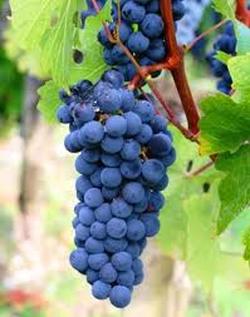 Carménère grape Carménère grape With over 20 varieties of grape grown, the Carménère grape has become the “signature” grape of Chile. Originally planted in the Médoc region of Bordeaux, France, it was thought to be extinct after the European phylloxera outbreaks in the 19th century. However, the grape was rediscovered in Chile in the 1990s. The Carménère grape is known for it’s deep red color with flavors of blackberry, cherry and spice. Cabernet Sauvignon accounts for more than one third of Chile’s grape production. In addition, Syrahs, Malbecs and old vine Carignan from Maule are among the more popular grapes grown. White wine grape varieties grown in Chile are also important such as Sauvignon Blanc, Chardonnay, Semillon and Riesling. 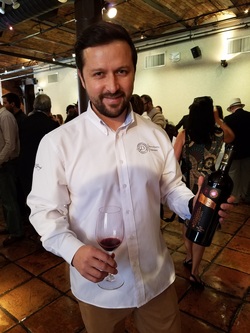 Felipe Ortiz, Chief Winemaker Felipe Ortiz, Chief Winemaker Last week I had the opportunity to meet and chat with Felipe Ortiz, Chief Winemaker of Casa Donoso Winery. Felipe has worked in France, USA, and Australia and has now brought his talents to Casa Donoso. The winery has four vineyards located in the Maule Valley. La Oriental Estate located in the heart of the Maule Valley boasts plants of more than 60 years of age. San Vicente Estate has plants that are more than 50 years old. Las Casas Estate is on the coastal zone of the Maule Valley and Fudno Pencahue is located on the coast. To quote Felipe with regard to Maule Valley’s “multiplicity of characters”; “White wines with very fresh and mineral traces, in particular our Sauvignon Blanc. Red wines with short maturity cycles showing a very good balance between alcohol and acidity, like Merlot and Cabernet Sauvignon. And above all, a nice and silky Carménère, is a tricky and demanding variety which is hard to mature properly in other valleys”. It was a pleasure conversing with Felipe and I look forward to visiting Casa Donoso in the near future and getting a first hand tour! The first wine Felipe poured for me was Sucesor Romano Limited Release 2015. It is 85% Cesar Noir and 15% Carignan and is made from the grapes in La Oriental Estate. Ruby red and wild berry aromas give way to juicy blackberry and spices. The wine is sophisticated with medium tannins and a long finish. Alcohol: 13.5% The next pour was “D” a 2011 Limited Edition blend of 40% Cabernet Sauvignon, 30% Carménère, 20% Malbec and 10% Cabernet Franc. This unfiltered estate bottle’s origin is La Oriental Estate. The wine is elegant with dark fruits, oak and spice on the nose seguing into a balanced and silky finish with just the right touch of pepper and licorice. Alcohol: 14% The last wine I tasted was the 2012 Perla Negra, “a selection of grapes from the oldest and best musts of the domaine.” The blend is 50% Cabernet Sauvignon, 20% Carménère, 20% Malbec and 10% Cabernet Franc. Aged in French oak barrels, the wine has heady aromas of berries, spice and herbs. The palate offers a rich array of ripe berries, spices and a hint of cocoa. Tannins were chewy, and needs time to open. This wine is a gem. Alcohol: 14% I have more Chilean winemakers to talk about and will do so over the next few weeks.
Happy Weekend! Cheers! Penina  At the beginning of the week I had a belated birthday celebration with a fellow wine enthusiast. My gift was dinner and a shared bottle of a very special wine. Having had the opportunity to drink a 59’, 69’ and 94’ vintage, I was very excited to try the 1981 Château Haut-Brion, Premier Cru Classé (First Growth) that my friend brought. The cork was removed intact and the wine was decanted. The color was more russet than red. We patiently waited for the wine to open, but had to take just a little sip first. As to be expected, it was heavy with must and earth, but we could detect the fruit that was buried beneath it. We waited. As the wine opened, gentle flavors of non-descript fruit emerged mingled with hints of tobacco. It was soft and quite pleasant. Although its plateau of maturity has long faded, the wine was enjoyable to the very last drop. http://www.haut-brion.com I wrote an article on the history of Château Haut-Brion along with a review of the 1994 vintage in Sept. 2015. So rather than repeat myself, please click on this link to read about it. http://thewineknitter.com/1/post/2015/10/day-369.html
I have a 1961 and 1969 Château Haut-Brion still waiting to be opened! Happy Thursday! Cheers! Penina 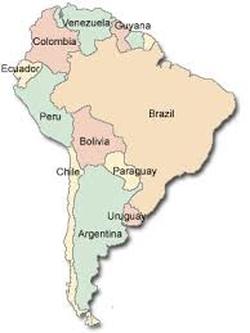 Last week I attended the Descorchados (uncorked in Spanish) Wine Tasting in NY. Seventy-three wineries were represented from Argentina, Brazil, Chile and Uruguay. In addition to tasting some outstanding wines, I had the opportunity to meet and talk with many of the winemakers one on one. There were stories to be told and wines to be shared. Many of the wine labels were quite whimsical, capturing the history and stories of the wineries. So…let me start with Argentina and one winemaker. When one thinks of wine from Argentina, Malbec is usually the first wine that comes to mind. Mendoza, Argentina is considered the “heart of wine growing” in this country. Over 70% of all Argentine wine comes from Mendoza, which includes about 85% of its Malbec! In addition, Bonarda, Cabernet Sauvignon, Merlot, Tempranillo, Syrah and a small amount of Cabernet Franc are among the grapes that are grown there. The Chardonnays and Sauvignon Blanc are eye openers, as well as the recent comeback of Semillón. 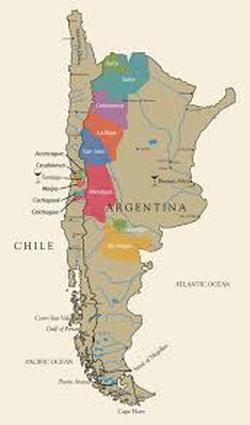 At the wine tasting, I “toured” around Argentina from north to south and in between. The most significant wine valleys of Argentina are The Calchaquies Valleys, La Famatina Valleys, San Juan and of course, Mendoza. Each wine valley produces a particular grape, style and flavor. Depending on the terroir, a grape can have completely different or distinct characteristics when grown in just a slightly higher or lower elevation. Matias Riccitelli is the proprietor and winemaker of Riccitelli Wines, located in Mendoza. Born and raised in Argentina, he is the son of renowned Norton winemaker Jorge Riccatelli. Using traditional techniques as well as the newest technology, Matias has created some exceptional wines. He poured four unique wines for me, starting with “Hey Malbec!” a 100% Malbec grown in Luján de Cuyo. It was soft, juicy and pure. He then poured “The Apple Doesn’t Fall Far From the Tree”, another 100% Malbec harvested from three different vineyards. This was more complex, yielding a richer palate and more pronounced tannins. And I quote from his website “Just as an apple doesn’t fall far from the tree, a wine cannot be made without a story. My winemaking reflects what I was taught by my family and reflects the passion that characterizes each one of us”. The third 100% Malbec he poured was República Del Malbec. The grapes were grown in Vistabula and Luján de Cuyo. The wine was concentrated and smooth with lush berries and spices. “We made this wine in honor of all those immigrants who planted, worked and taught us, gave us the blessing of our flagship varietal who for over 100 years lives in this land, which has taken a unique identity in the world.” The last wine Matias poured was a 2015 Old Vines Semillón that is a new addition to his portfolio. The vineyards are located in Rio Negro and are said to be around seventy years old, which is key to the quality and natural balance of the wines. The wine was lively, fresh and had just the right amount of “sweet”. It was a treat to taste it. Matias’s enthusiasm and passion for his wines is contagious! I look forward to trying more of his wines soon! http://www.matiasriccitelli.com 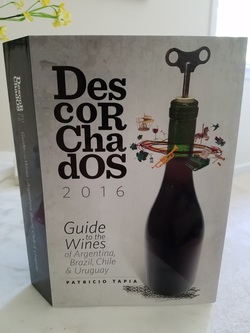 As I was leaving the event, I was given a copy of “Descorchados 2016 Guide to the Wines of Argentina, Brazil, Chile & Uruguay”. Written by Patricio Tapia a noted wine critic, this comprehensive 960-page book (weighing 4 pounds) is the 17th edition. I will write about more of the Argentine winemakers I met in future posts. There is also more to come with regard to Chile, Brazil and Uruguay!
Happy Tuesday! Cheers! Penina  This week is busy with wine events and I hope to have a few interesting posts for you to read in the next week or so. In the meantime, I just want to give a quick thumbs up to the 2014 Groth Sauvignon Blanc from Napa that I had the other evening. This is a beautiful blend of 91% Sauvignon Blanc and 9% Semillon. 80% of the fruit is fermented in oak barrels and 20% in stainless steel. Pale yellow in color, this wine has wonderful aromas of citrus, melon and pear. The palate does not disappoint and offers a lively array of peach, pear, citrus and light minerals. It is crisp with a velvety mouth-feel and a nice finish. Lovely balance between tart and sweet. Alcohol: 14% Price range is $17 to $21. http://www.grothwines.com It’s a beautiful day and perfect for an early evening swim and cocktails!
Happy Wednesday! Cheers! Penina Here is a little geography info that is germane to the following story: Chile and Argentina are separated by the Andes Mountains. In 2001 Aurelio Montes, Sr., a winemaker and founding partner of Viña Montes in Chile, crossed the Andes to visit Mendoza, Argentina. Impressed with the people, terroir and viticulture, he realized the potential of the region. And so, in 2002 Kaiken Premium Wines was founded with Aurelio Sr. bringing his knowledge and experience to the wine industry of Argentina. His goal was to make great wines by taking advantage of the excellent conditions of the Mendoza region and “show the best of both sides of the Andes”.  Aurelio Montes, Jr. Aurelio Montes, Jr. His son, Aurelio, Jr., is also a winemaker who traveled around the world working in wineries and gaining knowledge of different viticulture and enological practices. After taking time off in 2005 to pursue other interests, he returned to Viña Montes in 2007 as the Enological Director of the Apalta facility. In 2011 Aurelio, Jr. and his family moved to Mendoza to oversee the Kaiken project. Aurelio is always experimenting with new terroirs and enological practices that include biodynamics and sustainability. His passion transcends to the wines he produces. 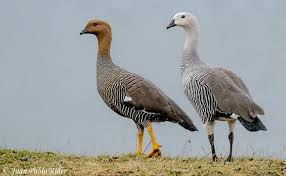 Appropriately named, Kaiken is derived from the name of a bird called the Caiquen, a hardy bird in the goose family that is indigenous to Patagonia. These geese migrate between Chile and Argentina, criss-crossing the Andes like the Montes have. The Kaiken vineyards are located in the heart of Mendoza and further south in the Valle de Uco. The vineyards produce 70% of the production requirements and the other 30% come from vineyards which Kaiken controls. I recently received two bottles of wine from the Kaiken Terroir Series that represent the best of each variety of grapes from a particular area. Made with 100% Torrontés grapes, the 2015 vintage was pale lemon in color with a green hue. Citrus, grapefruit, floral notes and a hint of orange zest on the nose transferred onto the palate. A tart edge quickly segued into a lingering tropical fruit and floral finish. The wine was bright, fresh and had nice acidity. Alcohol 13.2% About $17.00
The Terroir Series Malbec is made with 80% Malbec from the Uco Valley, 12% Bonarda from Agrelo and 8% Petit Verdot from Gualtallary, a zone within the Uco Valley. Each grape brings it’s own uniqueness to the wine. The 2012 Malbec was deep red with a tinge of purple. The nose was heady with dark berries and floral aromas. A hint of mushrooms and spice were present. The palate offered blackberry, plum, licorice and oak. The finish was long with bursts of pepper. Soft tannins and a velvety mouth-feel gave this wine a lot of character. Alcohol 14.5% About $17.00 http://www.kaikenwines.com These are wonderful wines and I can’t wait to try more from this producer. Cheers! Penina |
Categories
All
|
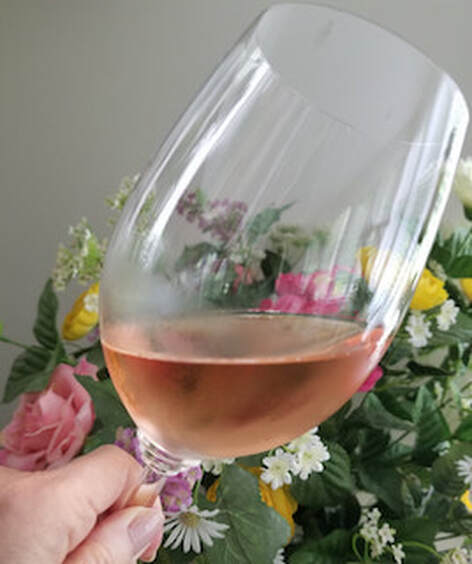
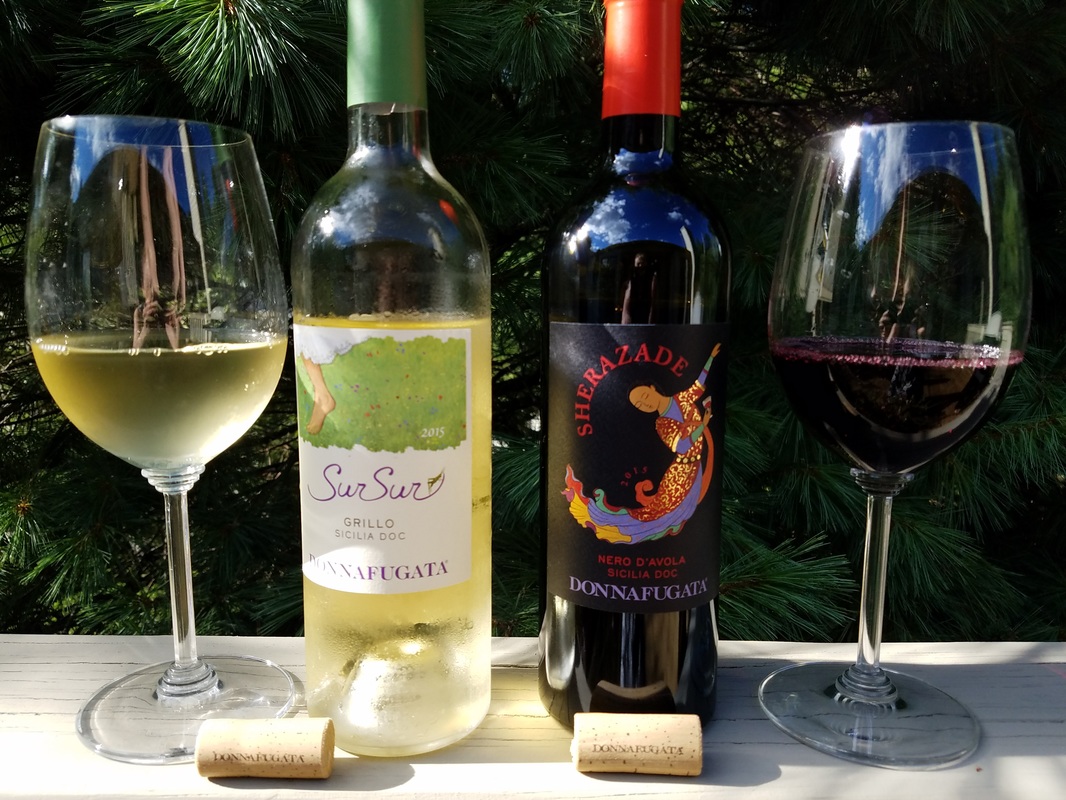
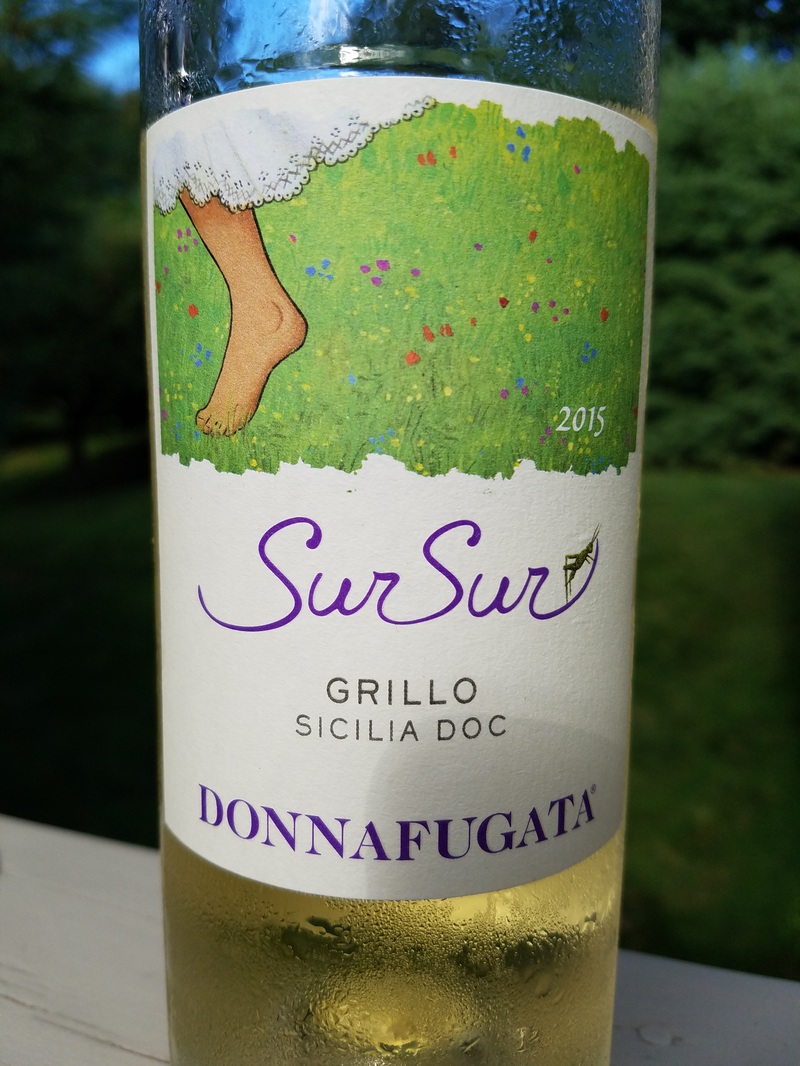
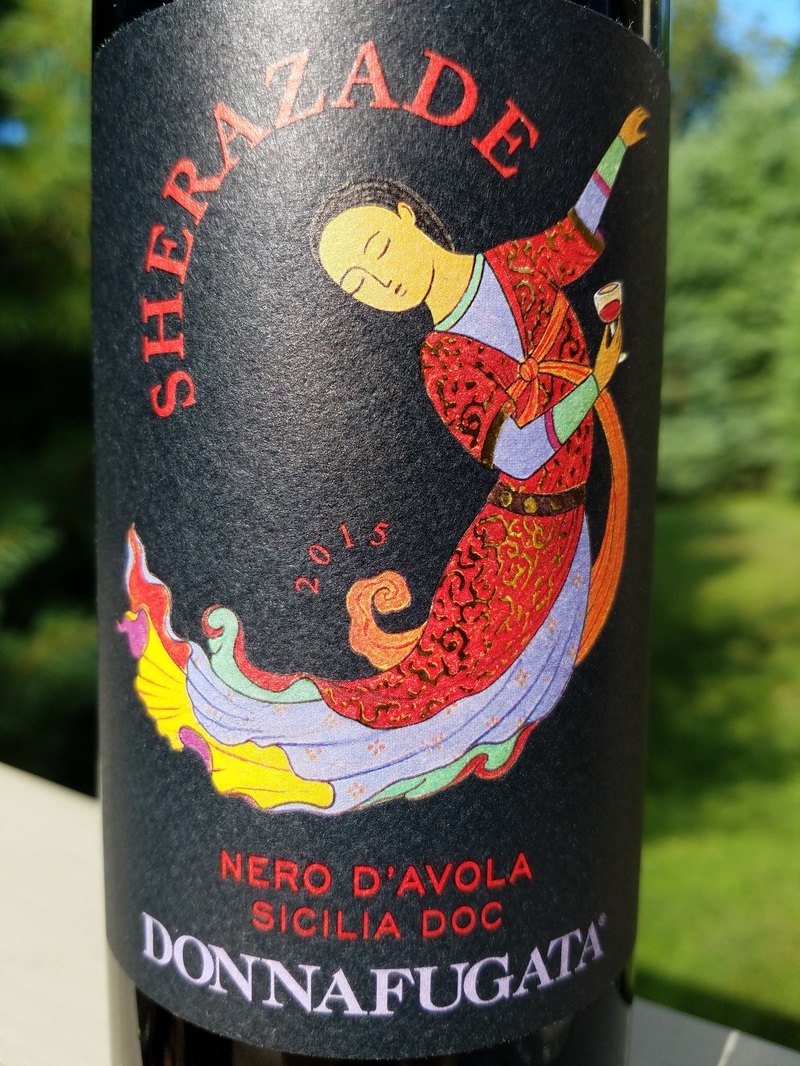
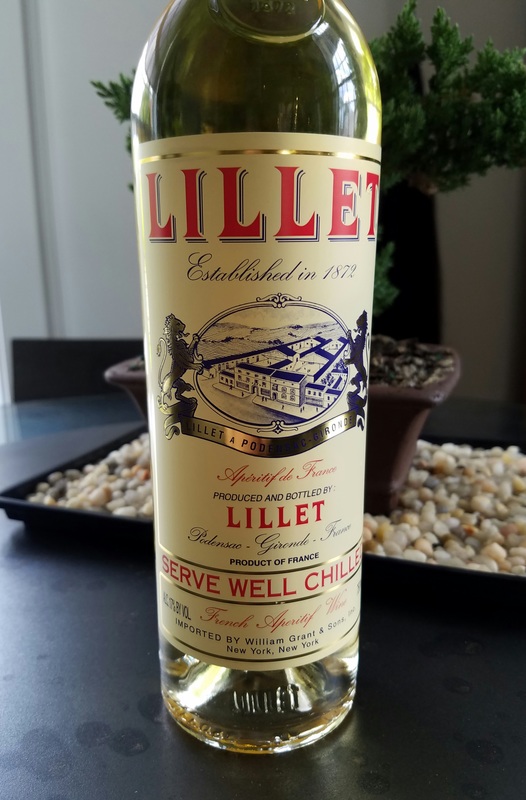
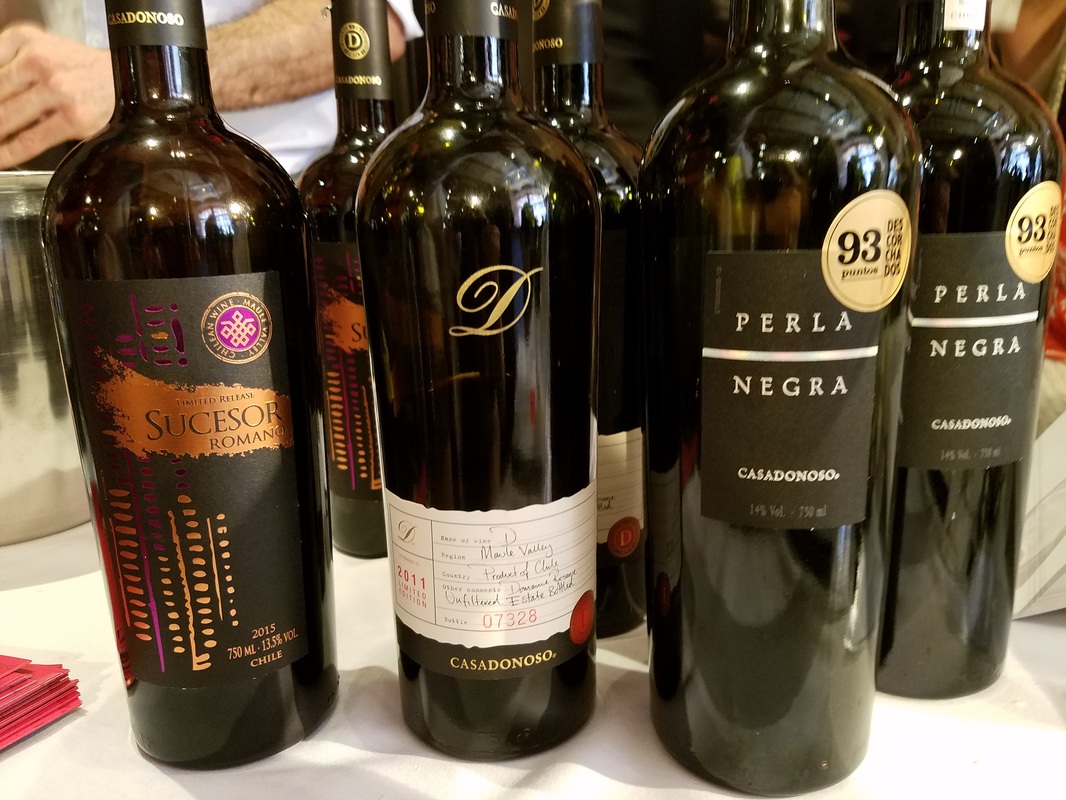
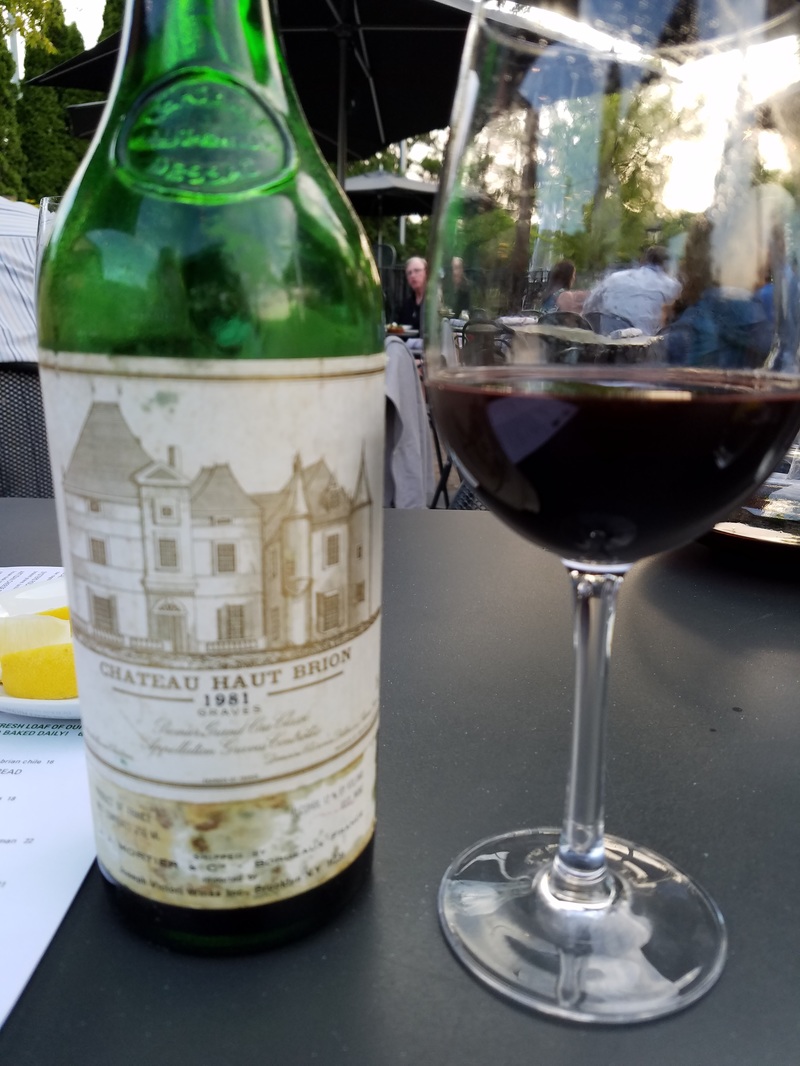
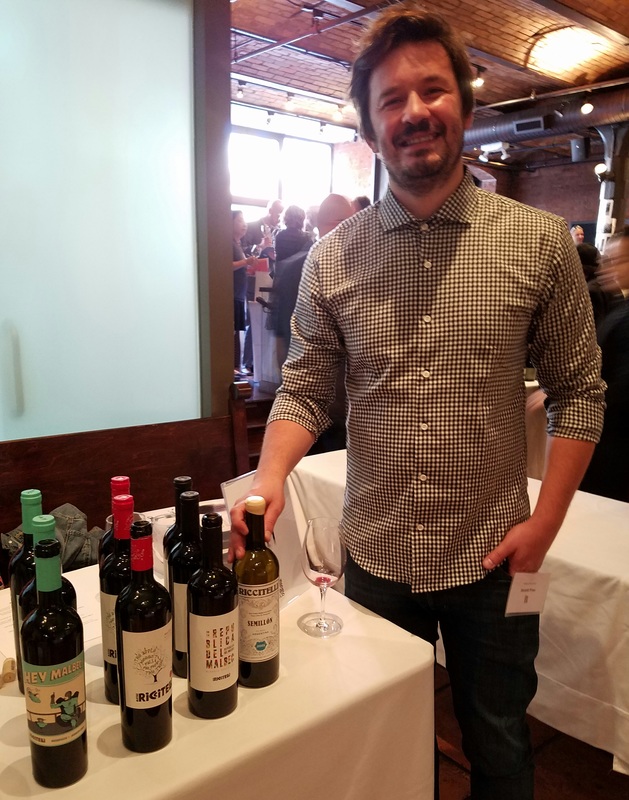
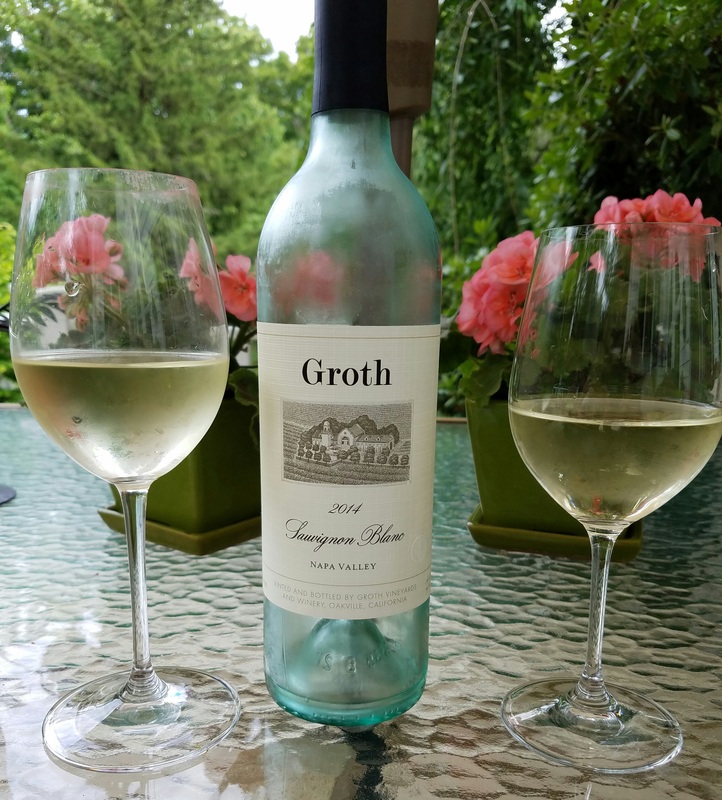
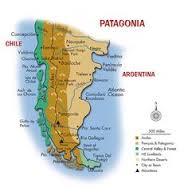
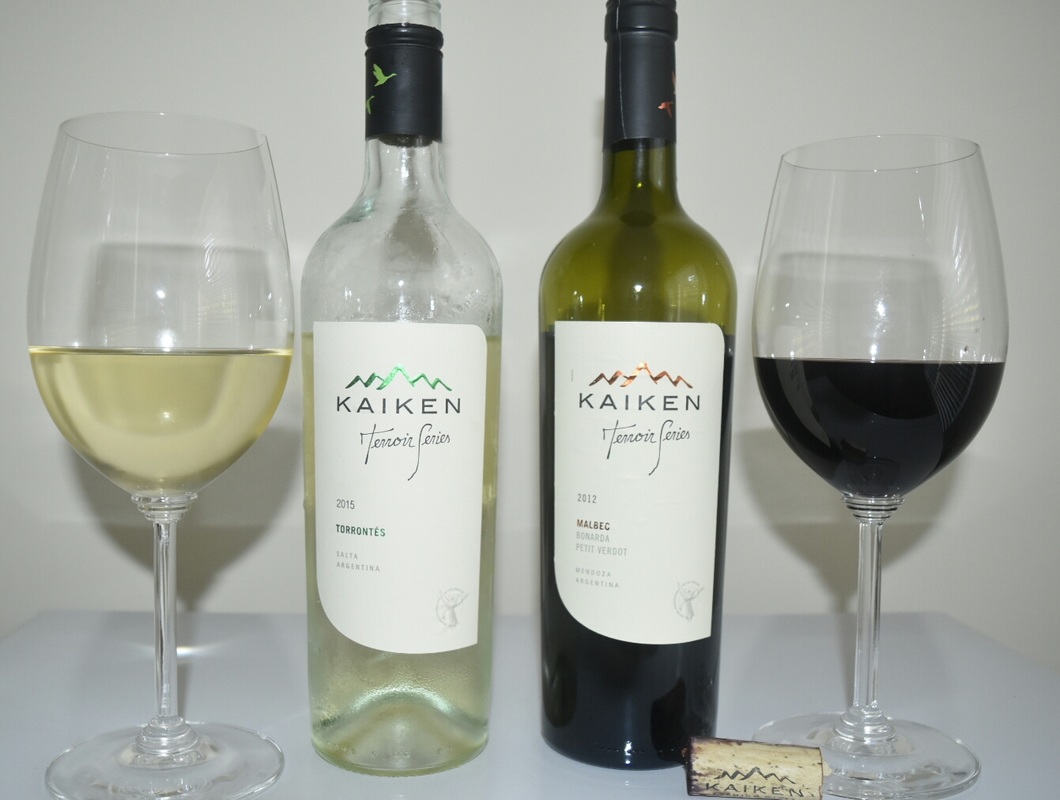
 RSS Feed
RSS Feed